What you’ll learn:
- Generic liraglutide follows the same step-up dosing as Victoza®—starting low and increasing gradually—to help reduce side effects while finding the most effective dose.
- Although it’s FDA-approved for type 2 diabetes, generic liraglutide is sometimes prescribed off-label for weight loss, though results may be modest.
- Newer GLP-1s like Wegovy® and Zepbound® often lead to greater weight loss and, depending on discounts, may be more cost-effective than generic liraglutide.
While GLP-1 medications like semaglutide (Ozempic®/Wegovy®) and tirzepatide (Mounjaro®/Zepbound®) have taken center stage in recent years for their powerful effects on blood sugar and weight loss, they’re not the only options. Liraglutide—another GLP-1 receptor agonist—has been on the market for over a decade, prescribed under the brand names Victoza® (for type 2 diabetes) and Saxenda® (for weight loss). Now, with several generic versions of liraglutide available, it may offer a more affordable alternative for those looking to manage blood sugar or lose weight off-label (though that’s not always the case).
Generic liraglutide follows the same dosing schedule as Victoza® because it’s the same medication in the same strengths. Like other GLP-1s, it’s started at a low dose and gradually increased to help your body adjust and reduce the risk of side effects like nausea or digestive discomfort.
It’s also important to note that generic liraglutide is FDA-approved for managing type 2 diabetes, not for weight loss. Saxenda®, the liraglutide formulation approved for weight loss, or newer GLP-1s like Wegovy® and Zepbound® may lead to greater weight loss, and depending on your insurance coverage or manufacturer discounts, could even be more cost-effective than generics.
We’ll walk through how the dosing schedule works, what to expect at each step, how your goals might shape your dose, and how your dose may affect your monthly cost. We’ll also cover how to know when it might be time to consider a different medication to reach your goals.
How generic liraglutide dosing works
As mentioned, generic liraglutide is dosed the same way as Victoza®. It’s starts at a low dose and is gradually increased to help your body adjust. This slow step-up approach helps reduce common side effects like nausea, diarrhea, and constipation that tend to happen when first starting or increasing the dose.
- Starting dose: Everyone begins with 0.6 mg once daily for about the first week. This lower dose helps your body get used to the medication and reduces the likelihood of side effects.
- Dose escalation schedule: After about one week at 0.6 mg, your provider will typically increase your dose to 1.2 mg daily. If your blood sugar still isn’t in your target range, or if you’re using liraglutide off-label for weight loss and need more support, your dose may be increased to the maximum dose of 1.8 mg. If you’re doing well at a lower dose or experiencing side effects, your provider may recommend holding off on further increases.
- Maintenance dose: This is the dose that keeps your blood sugar stable or helps you continue to lose weight with the fewest side effects. Many people stay at 1.2 mg long-term, while others find they do better at 1.8 mg daily.
- Maximum recommended dose: The highest approved dose of generic liraglutide is 1.8 mg per day. You shouldn’t exceed this amount. If it’s not effective at that level, your provider may consider switching or adding other treatments.
Here’s a simplified table that you can follow:
| Week | Dose |
|---|---|
| Week 1 | 0.6 mg once daily |
| Week 2 | 1.2 mg once daily |
| Week 3+ (as needed) | Up to 1.8 mg once daily |
Will your cost increase as your dose increases?
Yes. Because liraglutide is delivered in pens that contain a fixed amount of medication (18 mg per pen), the higher your daily dose, the faster you’ll go through each pen, and the more you’ll need to refill. This can increase your monthly cost, even with a generic version.
Here’s a general breakdown of what you can expect from the current generic liraglutide options that are on the market:
- 2-pen package: Around $200 to $450
- 3-pen package: Around $280 to $750
Because the dosing is identical to Victoza®, your monthly cost will also depend on how many pens you use based on your prescribed dose. Below is a general estimate of how many pens you’ll go through at each dose and the potential cost range based on current GoodRx pricing.
| Daily dose (mg) | Days per pen | Pens per month | Approx. weekly cost | Approx. monthly cost |
|---|---|---|---|---|
| 0.6 mg | 30 | 1 | $50 – $105 | $200 – $450 |
| 1.2 mg | 15 | 2 | $70 – $173 | $280 – $690 |
| 1.8 mg | 10 | 3 | $70 – $188 | $280 – $750 |
These are estimated ranges based on publicly available retail prices and may vary by location, pharmacy, or discounts applied. Read more about the cost of generic liraglutide.
How generic liraglutide is administered
You take generic liraglutide, just as you would Victoza®. You’ll give yourself an injection with a prefilled pen once a day. Here’s a simple table you can use as a guide when taking generic liraglutide:
| Action | How to |
|---|---|
| When to take it | Generic liraglutide is taken once daily, at any time of day, with or without food. Try to take it at the same time each day to help make it part of your daily routine. |
| Where to inject | Inject generic liraglutide into the abdomen, thigh, or upper arm. |
| How to take it | Inspect the pen – Before using the pen, check that the liquid is clear and particle-free. If it looks cloudy or unusual, don’t use it. Clean your hands – Wash thoroughly with soap and water to reduce the risk of introducing bacteria during the injection. Attach a new needle – Use a fresh needle for every injection to ensure proper dosing and reduce skin irritation. Prep your skin – Wipe the injection area with an alcohol swab and let it dry completely to reduce stinging and prevent infection. Set your dose – Turn the dial on your pen to match the dose prescribed by your provider (commonly 0.6 mg, 1.2 mg, or 1.8 mg). Give the injection – Hold the pen at a 90-degree angle, press the injection button, and keep the needle under the skin while the medication is delivered. Wait before removing – Count slowly to six seconds before removing the pen to make sure the full dose is absorbed. Dispose of safely – Take off the used needle and place it in a sharps container. Don’t reuse needles, and don’t share pens. |
| How to minimize side effects | Watch your portions – Especially early on, smaller, lighter meals are easier on your stomach. Rich or fatty foods can make side effects like nausea worse. Stay well hydrated – Drinking water throughout the day may help reduce side effects like bloating, dizziness, or constipation. Communicate with your provider – If side effects linger or become uncomfortable, your provider might suggest staying at your current dose longer or adjusting your plan. |
How to avoid injection site reactions
Injection site reactions are usually mild, and there are things you can do to prevent or minimize them. With proper technique, you can lower the chances of discomfort or help your skin recover quickly.
- Rotate injection sites each day. Avoid repeatedly injecting into the exact same spot. Switch between your abdomen, thigh, and upper arm.
- Use a new needle every time. Reusing needles can dull the tip, irritate your skin, and increase the risk of infection.
- Avoid areas with bruises, scars, or hardened skin. Choose a fresh spot each time for the best comfort.
Most injection site reactions are temporary and go away on their own. If you notice persistent pain, swelling, or signs of infection (like warmth, pus, or fever), contact your healthcare provider.
Generic liraglutide: Dosage for weight loss vs. diabetes
Generic liraglutide is FDA-approved to treat type 2 diabetes, and the dose is designed for that purpose. Some doctors also prescribe it for weight loss, off-label. Let’s take a look at the differences.
- If you’re managing type 2 diabetes, you’ll follow the dose escalation process described above.
- If your goal is weight loss, your provider can prescribe it off-label, but it might not be as effective as other options. If you want to take liraglutide, Saxenda®, which is FDA-approved for weight loss, is available in a higher dose and may lead to more weight loss. Saxenda® doesn’t have a generic equivalent yet due to patent regulations. You can learn more about how Saxenda® works here.
How much weight can I expect to lose?
A year-long study found that people taking the 1.8 mg dose of liraglutide to manage diabetes lost an average of 5% of their starting body weight.
The weight loss typically followed this timeline:
- By week 4: People had dropped about 2% of their initial weight on average.
- By week 16: The reduction reached an average of 4%.
- By week 56: The average loss stabilized at an average of 5%.
Again, as you can see, weight loss with a lower dose of liraglutide tends to be relatively modest. Semaglutide– or tirzepatide-based medications can be more effective for people who need more support.
It’s also important to note that the study’s primary focus was blood sugar control, not weight reduction. How much weight a person actually loses can vary depending on individual factors such as their starting weight, daily habits, and general health status.
Are other GLP-1 medications more cost-effective than generic liraglutide for weight loss?
If you’re open to other GLP-1 medications, you can also look into Wegovy® (semaglutide) and Zepbound® (tirzepatide) as weight loss options. Even if you don’t have insurance coverage, there are manufacturer discounts that might make them more affordable.
Here’s how much you can expect to lose with these medications and what they’ll cost:
| Medication | Average weight loss | Average monthly cost |
|---|---|---|
| Generic liraglutide – 1.8 mg daily | 5% | $280 to $750 Learn more about the cost of generic liraglutide. |
| Liraglutide (Saxenda®) – 3 mg daily | 6% | $1,350 Learn more about the cost of Saxenda®. |
| Semaglutide (Wegovy®) – 2.4 mg weekly | 15% | $1,350 (retail) $499 (NovoCare Pharmacy) Learn more about the cost of Wegovy®. |
| Tirzepatide (Zepbound®) – 15 mg weekly | 21% | Pens: $1,087 Vials: $349 (2.5 mg) $499 (5 mg, 7.5 mg, 10 mg, 12.5 mg, 15 mg) Learn more about the cost of Zepbound®. |
Rx weight loss, the right way, with Noom
Get access to prescription weight loss medication with Noom.Generic liraglutide: Dosage adjustments & personalization
Finding the right dose of liraglutide takes time and some trial and error. People respond differently depending on factors like overall health, body composition, and how well they tolerate the medication. That’s why providers typically adjust the dose gradually to better fit each person’s needs.
Signs your liraglutide dose might need adjusting:
- Side effects aren’t letting up: Nausea, vomiting, or other symptoms that linger beyond the first few weeks may signal that your body isn’t tolerating the current dose. Slowing the escalation or temporarily lowering the dose can help.
- You’re not seeing progress: If you initially saw improvement—like better blood sugar or weight loss—but hit a plateau, a slight dose increase may help restart momentum. Or you might need to switch to a different medication.
- Your blood sugar is too low: If you’re experiencing hypoglycemia, especially while taking insulin or other diabetes medications, your liraglutide dose may be too high and may need to be reduced.
What happens if you miss a dose?
Here’s a quick reference guide that breaks down what steps to take based on when you remember and how many doses you’ve missed:
| Situation | What to do | Why it matters |
|---|---|---|
| You missed a dose | Skip the missed dose and continue with your regular dosing schedule. Don’t take an extra dose to make up for the missed one. | Doubling up can increase your risk of side effects like nausea, headache, or low blood sugar. |
| You haven’t taken the medication for 3 days or more | It’s best to talk to your healthcare provider to determine the best steps moving forward. You may need to restart at the lowest dose. | After 3 days or more, restarting at a lower dose helps reduce gastrointestinal side effects associated with the reinitiation of treatment. |
| You’re thinking of taking a higher dose to catch up | Do not take a higher dose to make up for a missed one. Resume your regular dosing schedule with the next scheduled dose. | Taking a higher dose can increase the risk of adverse effects and does not compensate for the missed dose. |
Generic liraglutide: Safety and side effects
While many people tolerate generic liraglutide well, some may experience mild to moderate side effects as their body adjusts. While more serious complications are rare, we’ll go through the signs of serious conditions that require medical attention. Understanding what’s typical and what’s not can help you manage your treatment more confidently.
Common side effects
Digestive symptoms are the most commonly reported with generic liraglutide. Here’s a quick look at what people reported in clinical trials for generic liraglutide by dose, and ways to manage them.
| Symptom | Liraglutide (1.2 mg) | Liraglutide (1.8 mg) | What can help |
|---|---|---|---|
| Nausea | 18% | 20% | Eat light meals in smaller portions. Greasy foods may make nausea worse. |
| Headache | 11% | 10% | Stay hydrated and take breaks from screens or bright lights during the day. |
| Diarrhea | 10% | 12% | Stay hydrated and eat bland foods like toast, rice, or bananas. |
| Vomiting | 6% | 9% | Sip on clear liquids and stick to bland meals when symptoms hit. |
| Constipation | 5% | 5% | Add fiber gradually, move around during the day, and don’t forget to hydrate. |
| Dyspepsia (indigestion) | 4% | 7% | Eat slowly and avoid lying down after meals. Give your stomach time to settle. |
Overdose risks and symptoms
While generic liraglutide is generally safe when taken as prescribed, taking too much can lead to serious health problems. A reported case showed that a person who overdosed on liraglutide experienced ongoing nausea, vomiting, and stomach pain, along with dangerously low blood sugar that required medical care.
If you ever suspect you’ve taken too much liraglutide, don’t hesitate to call your healthcare provider or the Poison Help Line at 1-800-222-1222 immediately.
Serious side effects and warnings
While less common, some side effects of liraglutide can be serious and may require immediate medical attention. Here’s what to watch for:
- Pancreatitis: Severe abdominal pain (especially if it radiates to your back) with or without vomiting could be a sign of inflammation of the pancreas.
- Gallbladder issues: Rapid weight loss and GLP-1 medications like liraglutide may raise the risk of gallstones or gallbladder inflammation. Symptoms include stomach pain, fever, yellowing of the skin or eyes (jaundice), or clay-colored stools.
- Low blood sugar: This is more likely if you’re also taking other medications for diabetes. Signs include shakiness, dizziness, blurred vision, sweating, or a fast heartbeat.
- Kidney problems: Dehydration from vomiting, diarrhea, or poor fluid intake can lead to kidney issues. Symptoms might include swollen ankles, decreased urination, or fatigue.
- Allergic reactions: In rare cases, serious allergic responses, such as swelling of the face, lips, or throat, difficulty breathing, or rash, may occur.
- Increased heart rate or palpitations: A resting heart rate over 100 bpm or sensations of a racing heart should be reported to your provider.
- Suicidal thoughts or mood changes: Some people—especially teens—may experience worsening depression or new suicidal thoughts. Contact your provider immediately if you notice any sudden changes in mood or behavior.
- Risk of thyroid tumors or cancer: Liraglutide has caused thyroid C-cell tumors in animal studies. It’s unclear if this applies to humans. Watch for a lump in the neck, hoarseness, trouble swallowing, or shortness of breath.
Getting the dose of generic liraglutide right
Dosing for generic liraglutide follows a gradual, step-up schedule that mirrors Victoza®, giving your body time to adjust and helping minimize common side effects. Whether you’re using it to manage type 2 diabetes or off-label for weight loss, the goal is to find the lowest effective dose that supports your progress with minimal side effects. If you’re not seeing the results you hoped for—or if side effects persist—your provider may recommend adjusting your dose or switching to another medication.
While generic liraglutide can be a helpful option, it’s not always the most cost-effective for weight loss. Newer GLP-1s like Wegovy® and Zepbound® often lead to more substantial weight loss and may actually cost less out of pocket if you qualify for manufacturer savings programs. A healthcare provider can help you weigh your options based on your goals, insurance coverage, and how your body responds to treatment.
Curious whether a GLP-1 medication might be right for you? See if you qualify for Noom Med. If you’re eligible, a clinician can help determine the best medication for your needs, prescribe it if appropriate, and work with you to create a personalized plan that supports long-term weight loss success.
Why you can trust us
At Noom, we’re committed to providing health information that’s grounded in reliable science and expert review. Our content is created with the support of qualified professionals and based on well-established research from trusted medical and scientific organizations. Learn more about the experts behind our content on our Health Expert Team page.


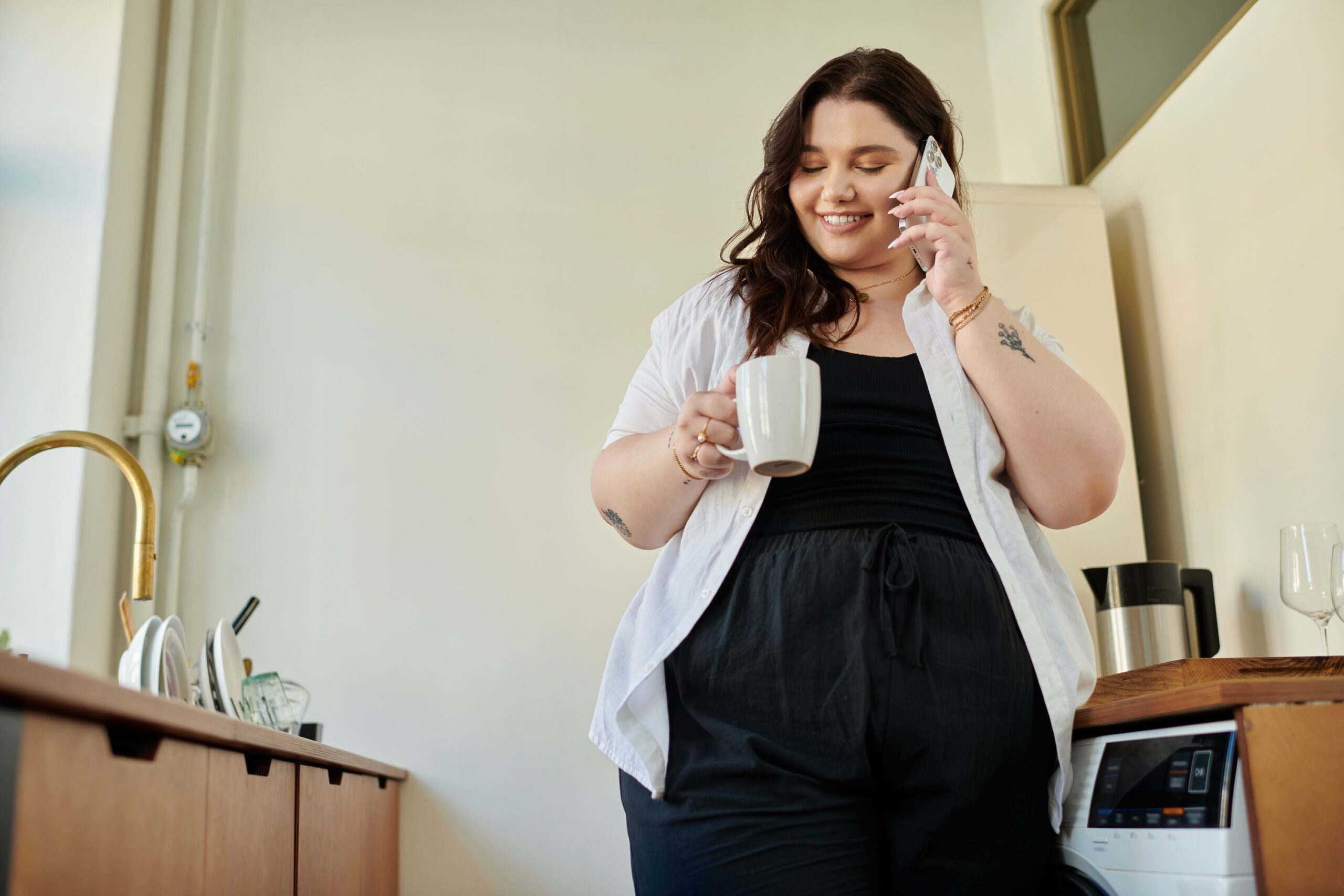

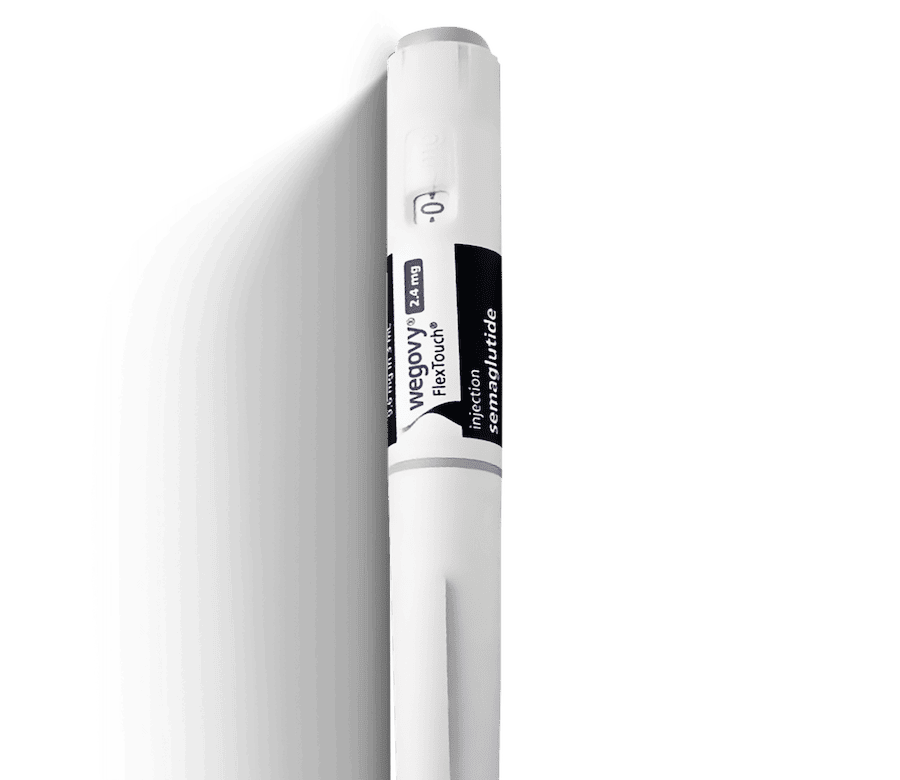



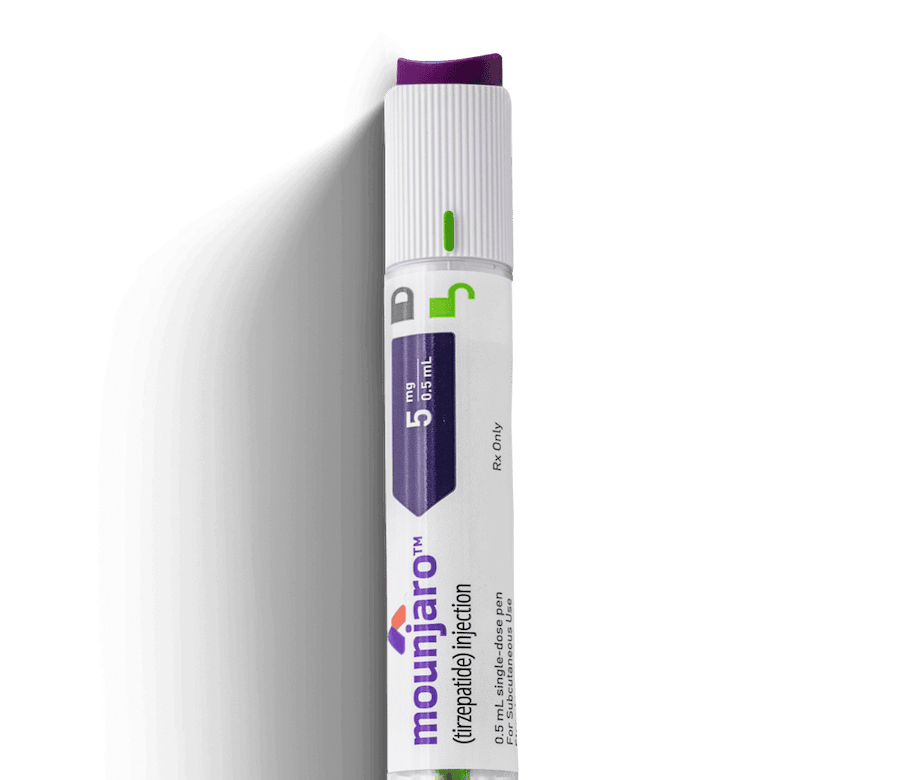
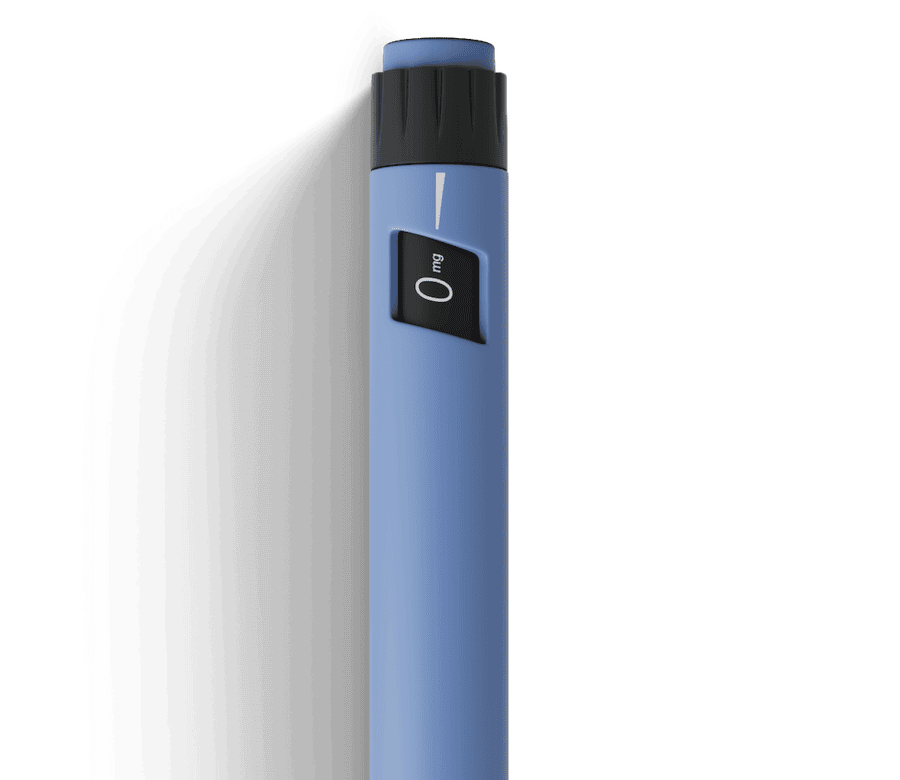
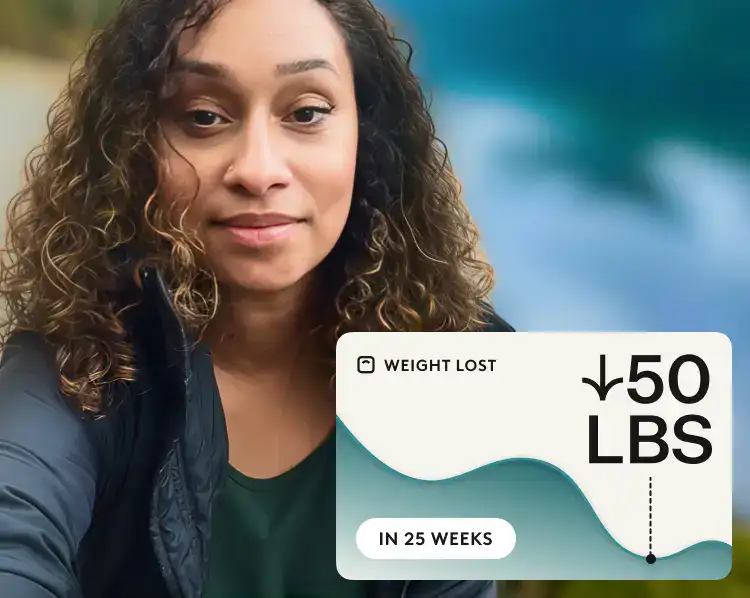
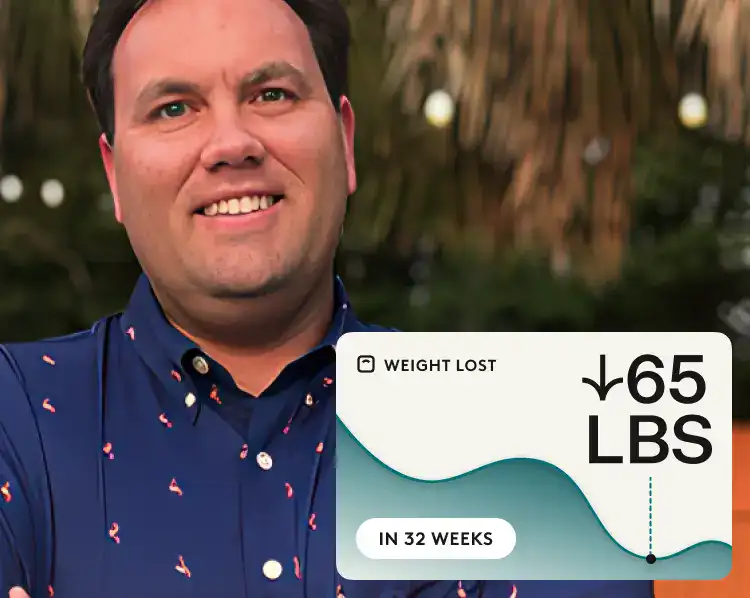

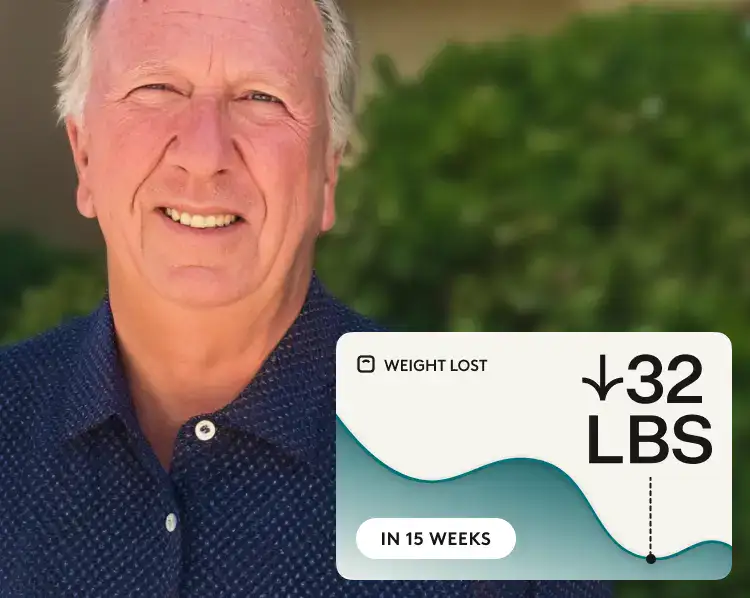


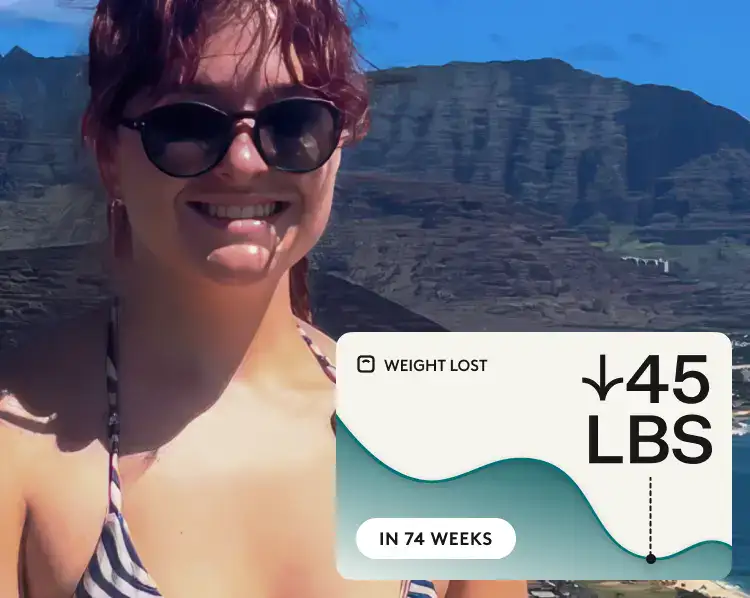
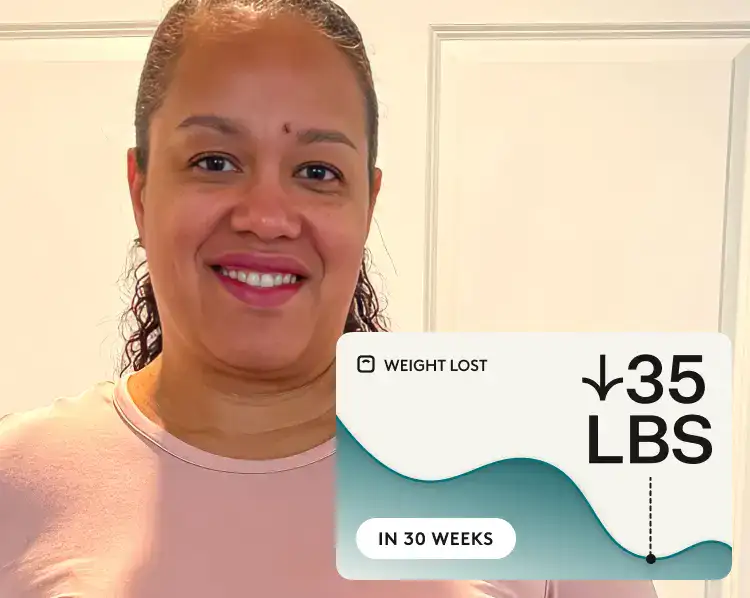
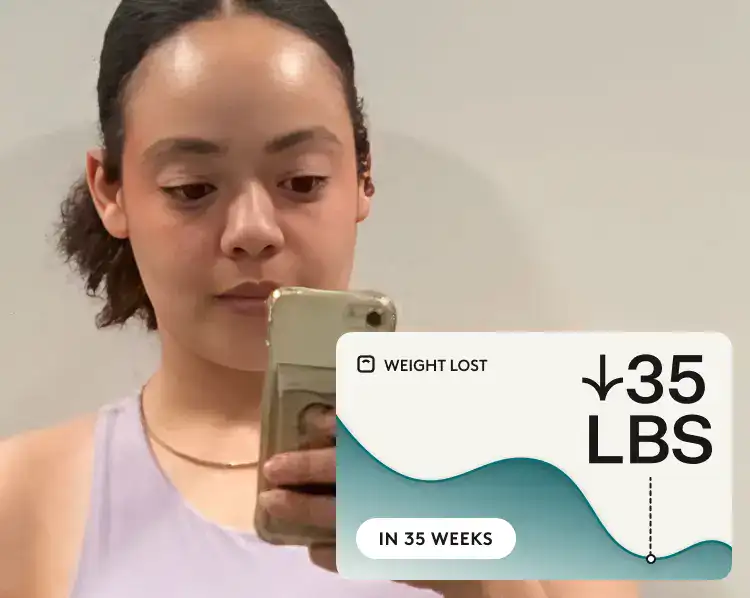
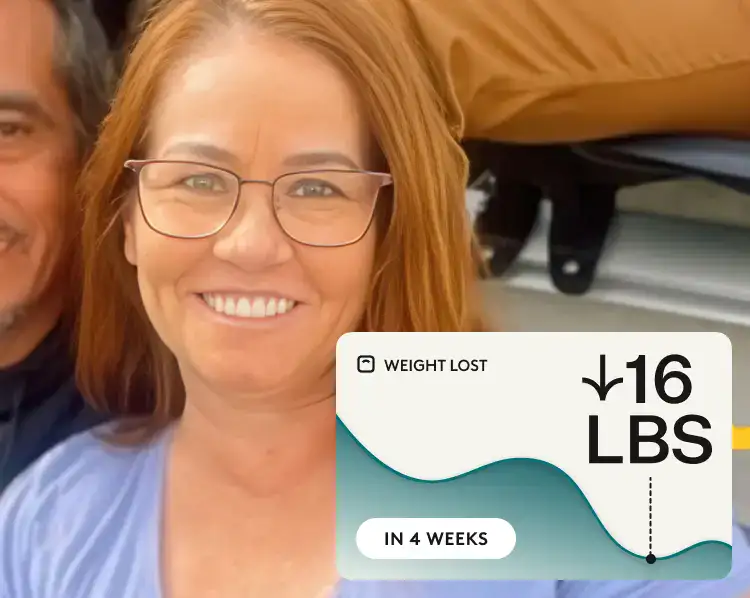
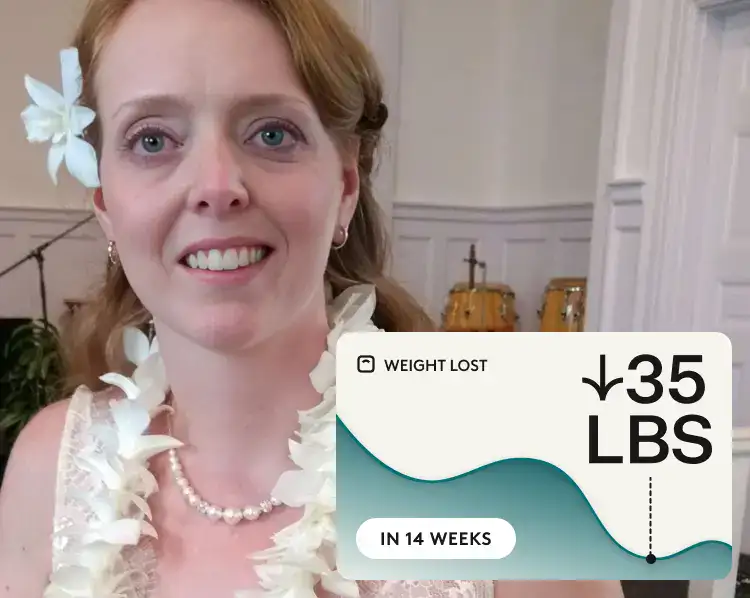

 Noom Team
Noom Team
 Shoshana Fishbein
Shoshana Fishbein

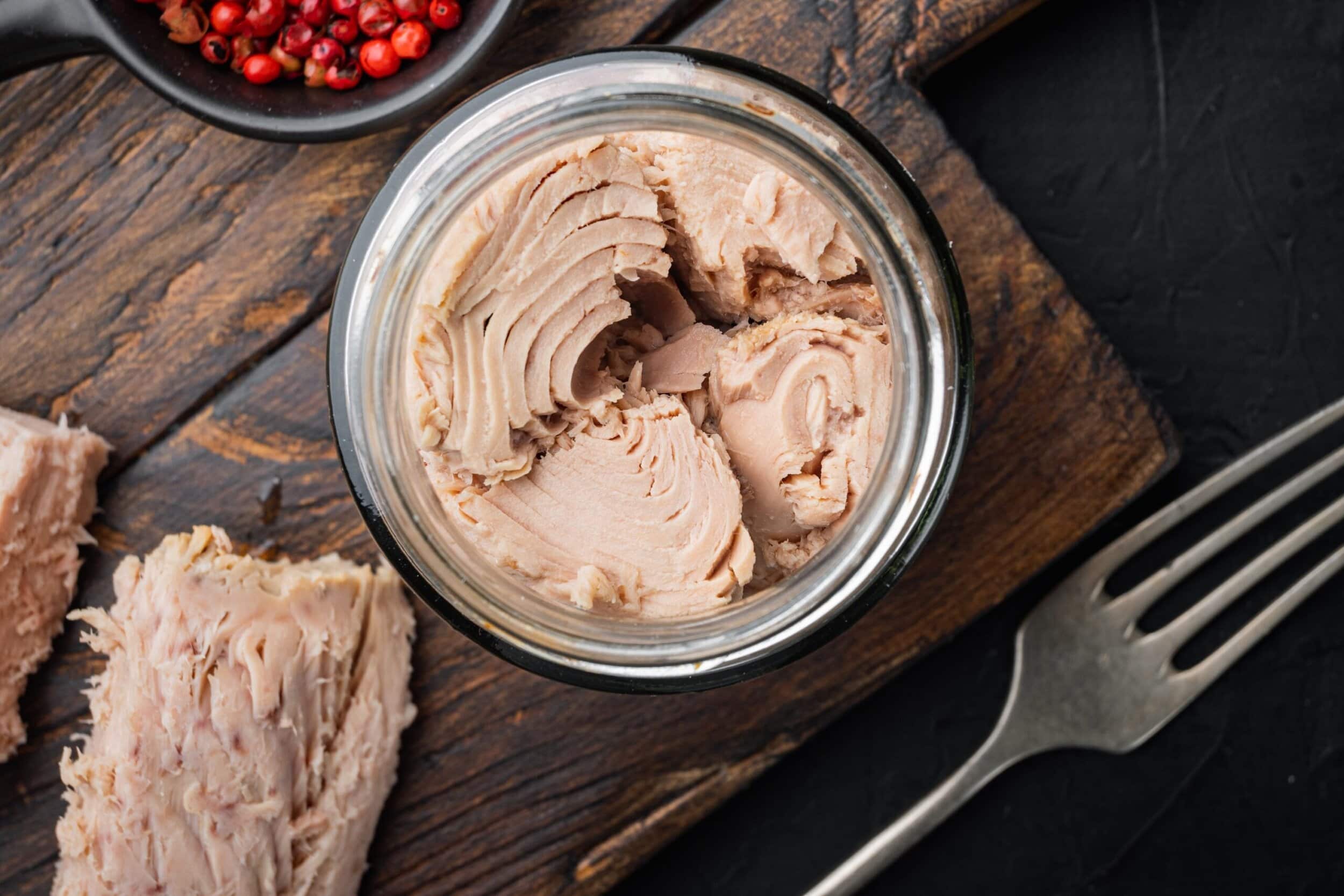
 Meaghan Cameron
Meaghan Cameron
